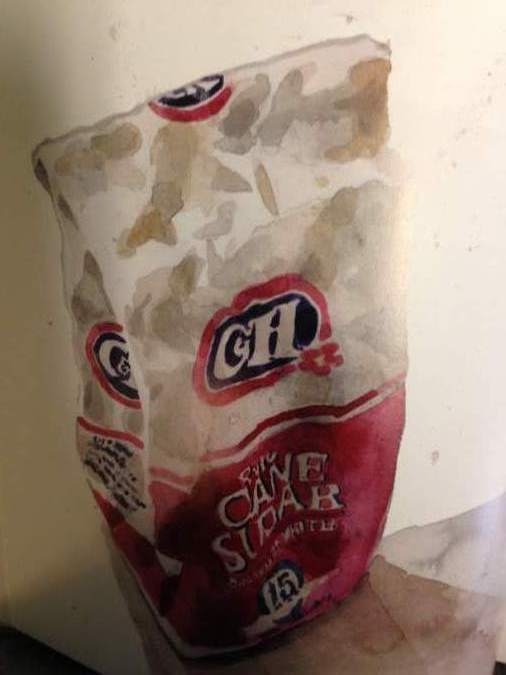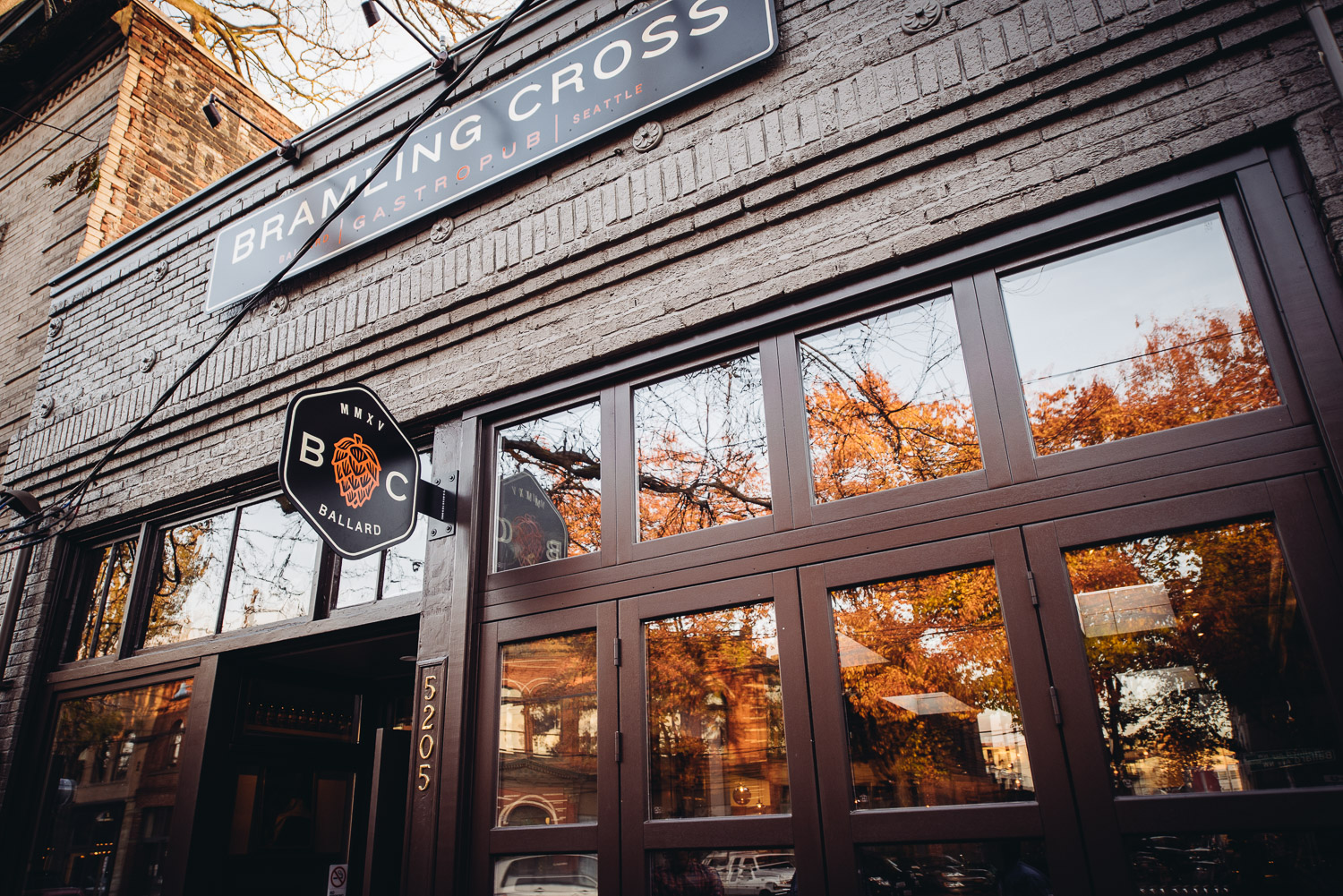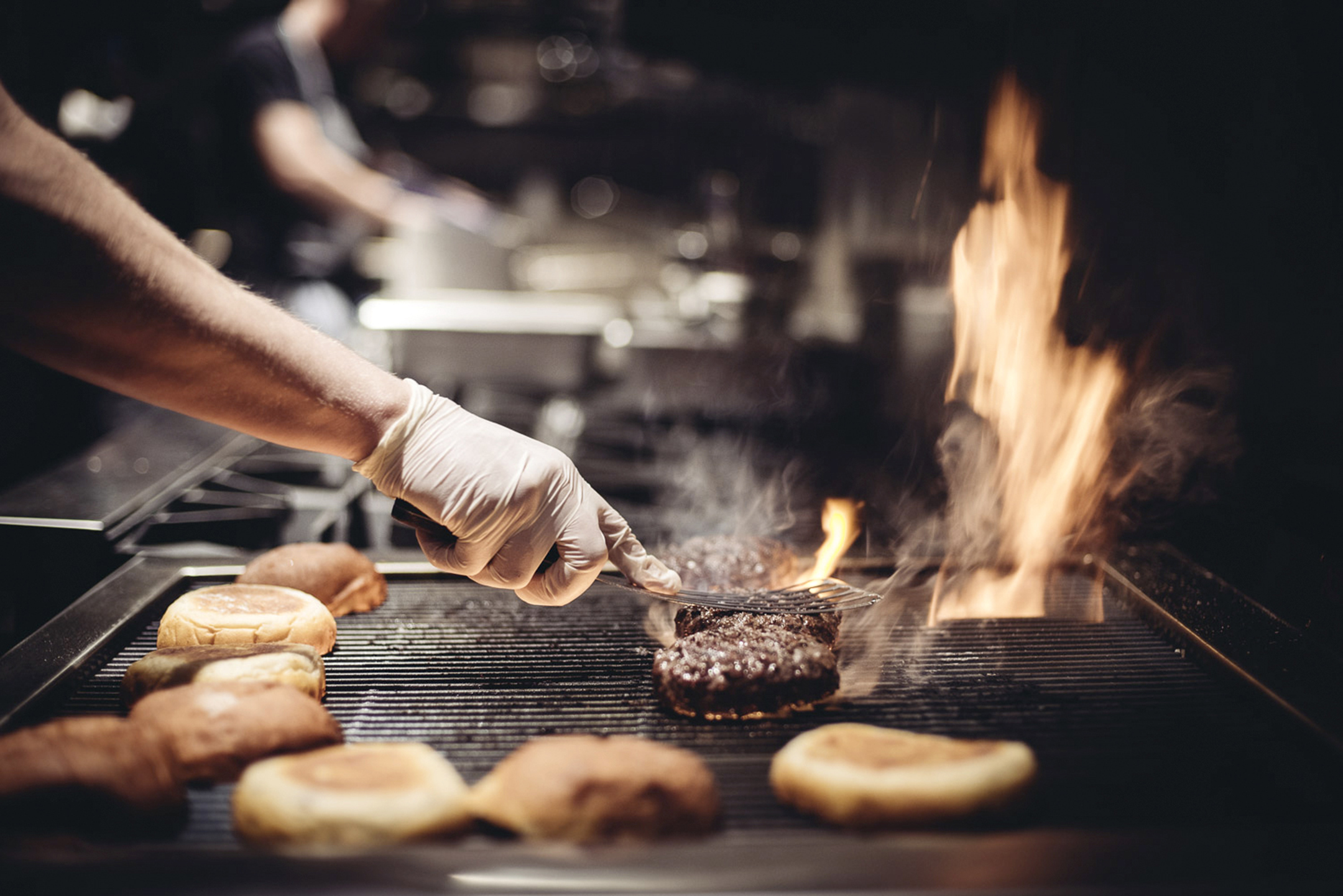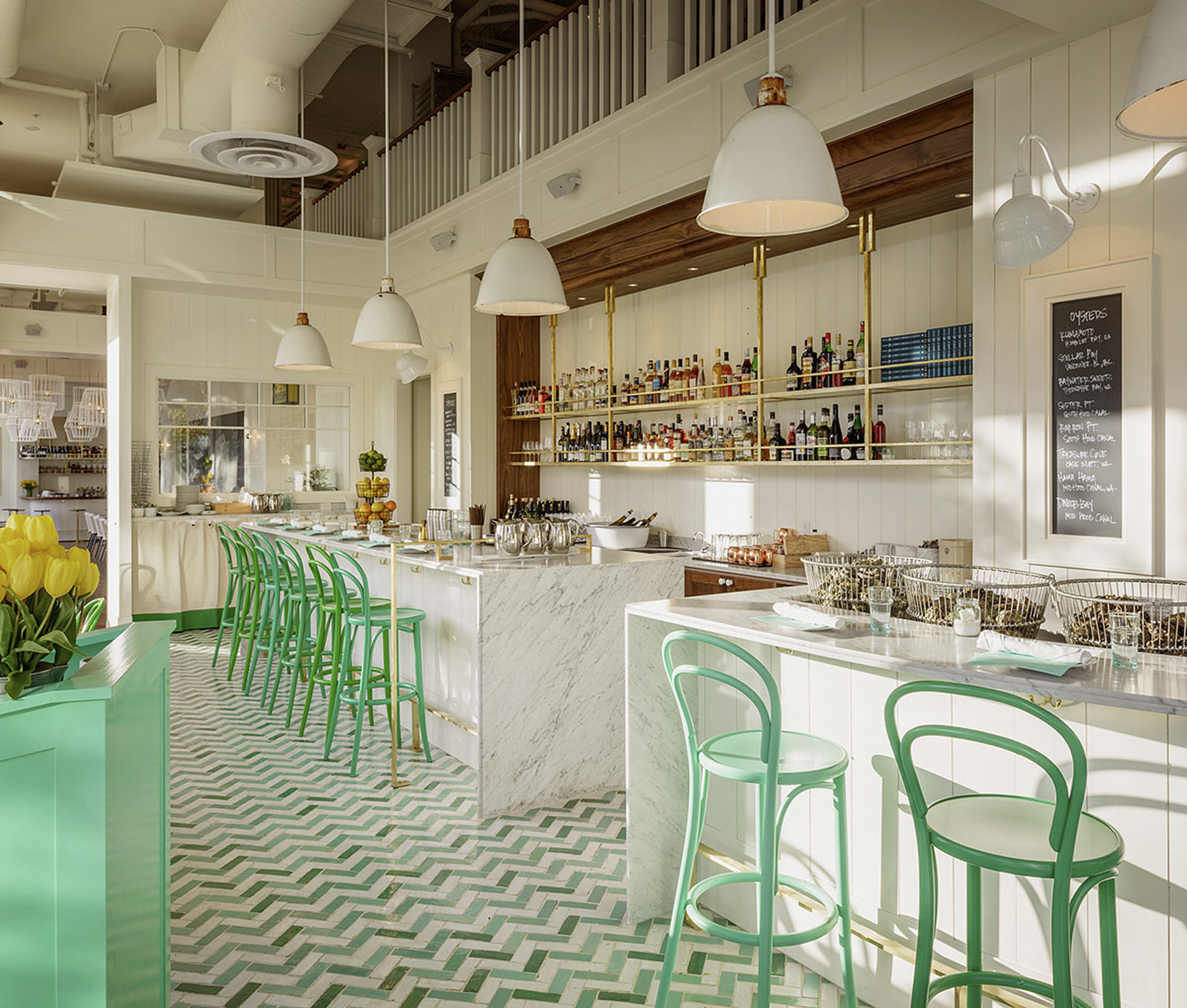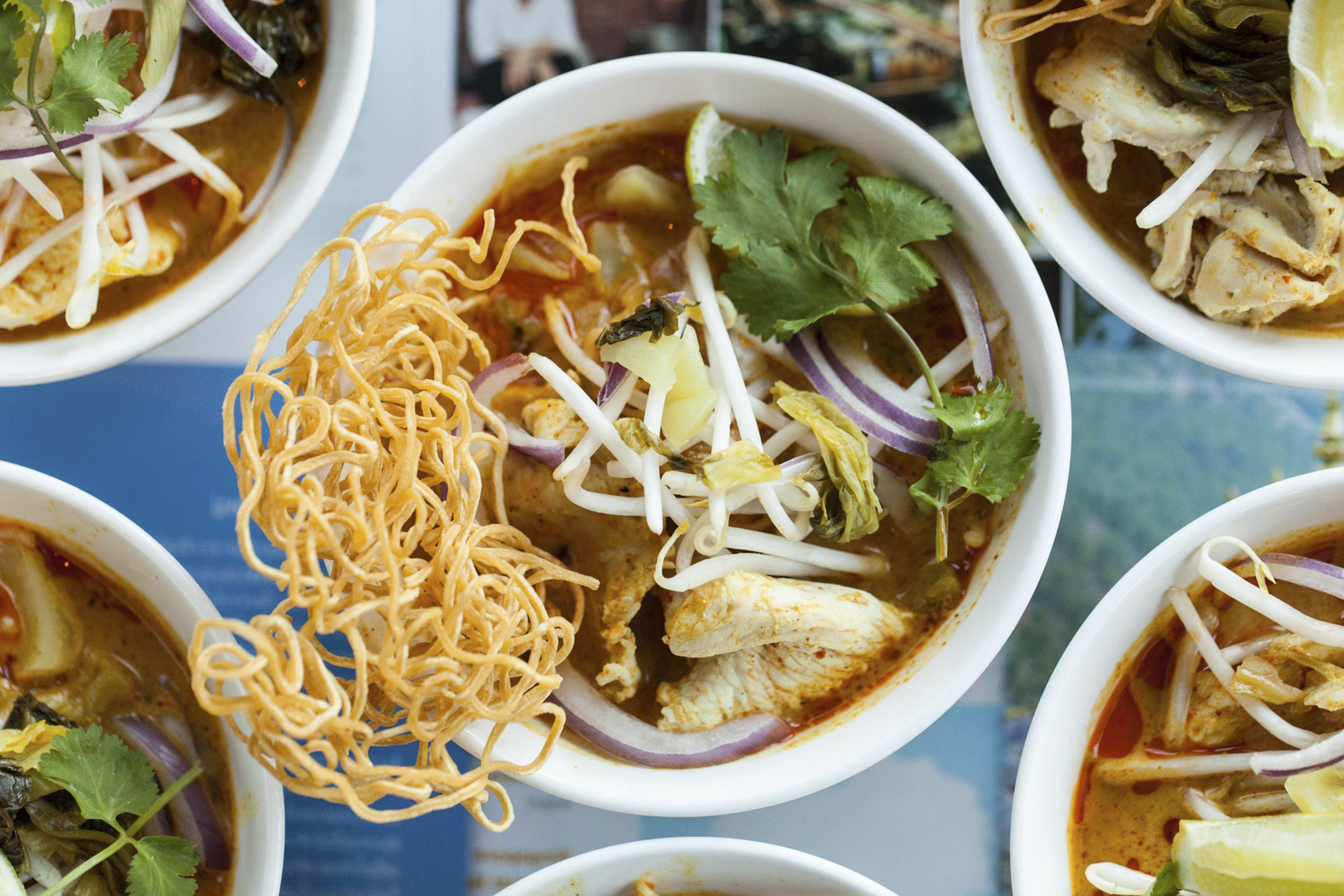Kate Lebo is a Seattle poet. Kate Lebo makes pies in Seattle. Kate Lebo has written a book of poetry and humorous and lovely musings about pies. A Commonplace Book of Pie, out this month from Chin Music Press, is both a sweet and smart homage to “the only food that holds itself” with beautiful illustrations from Jessica Bonin, also from Washington.
Featuring 25 different types of pie, Lebo sets out to “define” the personality of the lover of each of them. But her definitions go delightfully—and imaginatively—beyond the literal.
Pumpkin pie-lovers are “adventurous, quizzical, good in bed and voluminously communicative.” “Do not trust him to say the right thing to your parents; do trust him to charm your friends.”
Of Mincemeat pie she asserts that “only one woman alive today would say her favorite pie is mincemeat.” That woman likes to wear Isadora colored scarves, was the most beautiful woman in town and likes to imagine her movements as gusts of wind blowing her children around the world.
Blueberry pie? “Blueberries burst beneath teeth and heat all the same, so you’d never know the pale of their innards. The blueberry pie-lover knows.”
“If you love peanut butter pie, you are either Dolly Parton or someone who loves her.”
Peach Pie, with cayenne and cinnamon added, she tells us “will make you grow hair on your palms.” But “those who aren’t afraid join a long line of people who know that there is nothing more delicious than loving what you fear. Even if desire makes you undesirable. Even if it grows a beard on your high five.”
Following the odes to the pies themselves are “Notes on Pie” – all extremely instructive but still written with a poet’s voice. She ends her note on refrigeration with “Fussy bakers would tell you to refrigerate dry ingredients. As a general rule, I disagree with fussiness.” On The Vodka method of dough making, she talks about how a pie’s charm is, in part, its economy, having all the ingredients necessary to make it at any given moment. To that she adds: “I don’t know about you, but in my house a bottle of vodka doesn’t last long.”
There are recipes here too, both for some of the pies, as well as for a master recipe for fruit filling that makes allowances for varying degrees of sweetness (“the most sugar I ever use is 1 ¼ cup for rhubarb pie. The least is ½ cup, for a maple blueberry pie. I use ¾ cup for just about everything else”) and different types of thickeners.
The book ends with a loving and lovely list of “How to Eat Pie.” #5 is my favorite: “With someone else’s hands. Preferred by children, lovers, and invalids.”
The paintings throughout are lyrical and frank, loose in their style but always speaking of function. A bag of cane sugar has folds in the top and curls over a bit, “evidence of hands that have rolled it up and unrolled it repeatedly for the purpose of creating food.” In fact, almost every picture has hands in it—whether they’re rolling, cutting, pouring, shaping. Hands even get their own Notes. “On Your Cold Hands: Cold hands, warm heart.” “On Your Warm Hands: It’s okay. As long as they aren’t sweaty. If the are, use flour as a gymnast would use chalk.”
Lebo, who teaches creative writing at the Richard Hugo House in Seattle and pie-making at “Pie School,” her own eccentric pastry academy, sells her pies at secret “Pie Stand” pop-ups nationally, but most often in Seattle, where your slice might come with a reading or a performance. The book is the outcome of a collaborative, interactive show with artist Brian Schoneman (a Seattle artist who now teaches sculpture at Humboldt State University in California) that was designed to bring “the rituals of serving and eating pie into an unexpected place.” It was during a performance, she writes in the book’s press material, that she felt the power of pie. “At one point we were standing on chairs handing forkfuls of pie down to the crowd and I looked out and saw that the entire room was transfixed on those bites.” At the performance, they gave out A Commonplace Book of Pie, which at that time was a short zine with ten poems and four recipes – a kind of playbill for the audience to keep.
In the same press Q&A she talks about her interest in “reclaiming domestic spaces as valid places to make art…If I dress like a retro housewife, it’s a chance to show people that decorations of femininity do not make a woman decorative. I don’t have to wear a mohawk to be punk, or a business suit to be powerful. Radical women pursue all sorts of costumes. There is no one ‘feminism,’ no right way to be an active creator of your own life.”
This makes me think of the many characters on Mad Men: Joan with her keen intellect and ambition intact within her clingy, bust-boosting dresses; Betty with her latent carnal desires hidden under A-line skirts and perfect pleats, Peggy with her buttoned-up, brusque manner, striving to get ahead while breaking under the weight of her love for a man she can’t have.
But at the end of the day, Lebo says the goal of the book is to learn how to name desire, how to use fear and let go of shame. Pie, with its temptation of sweetness, its promise of warmth, fruit and sugar and our inability to often resist having only one slice is indeed an apt metaphor.
Lebo will be holding book events nationally through the end of the year. See her in Seattle at Elliott Bay Book Company on December 6th or at University Bookstore on January 23rd. View her book trailer here.
